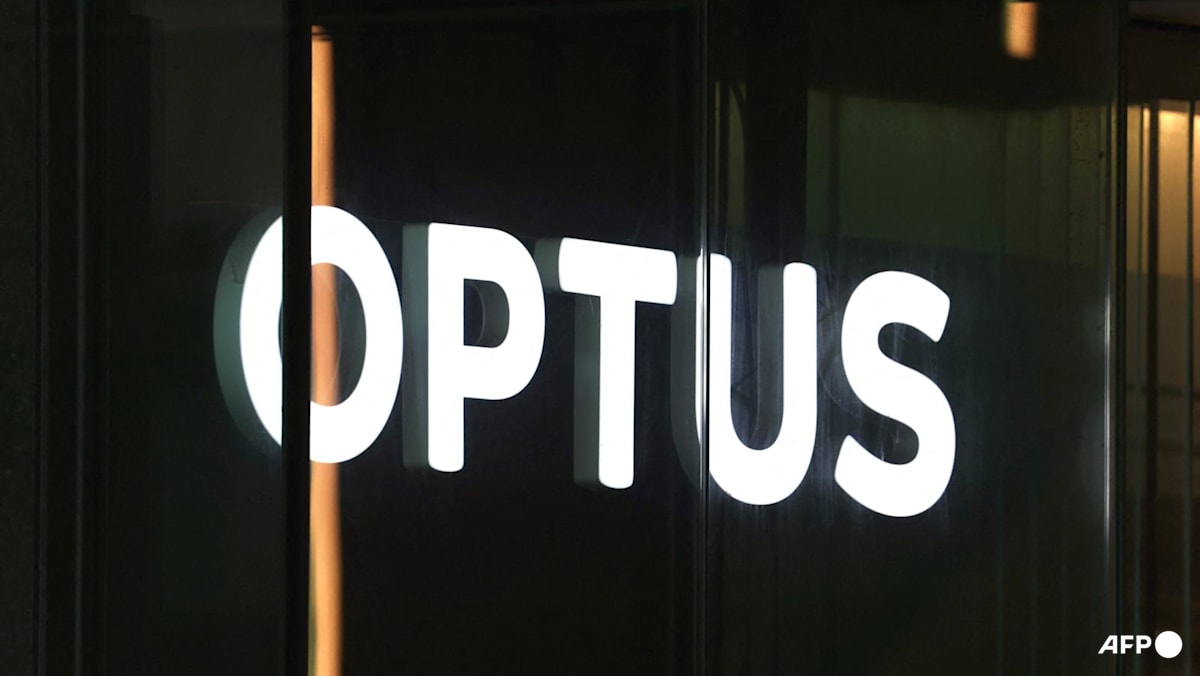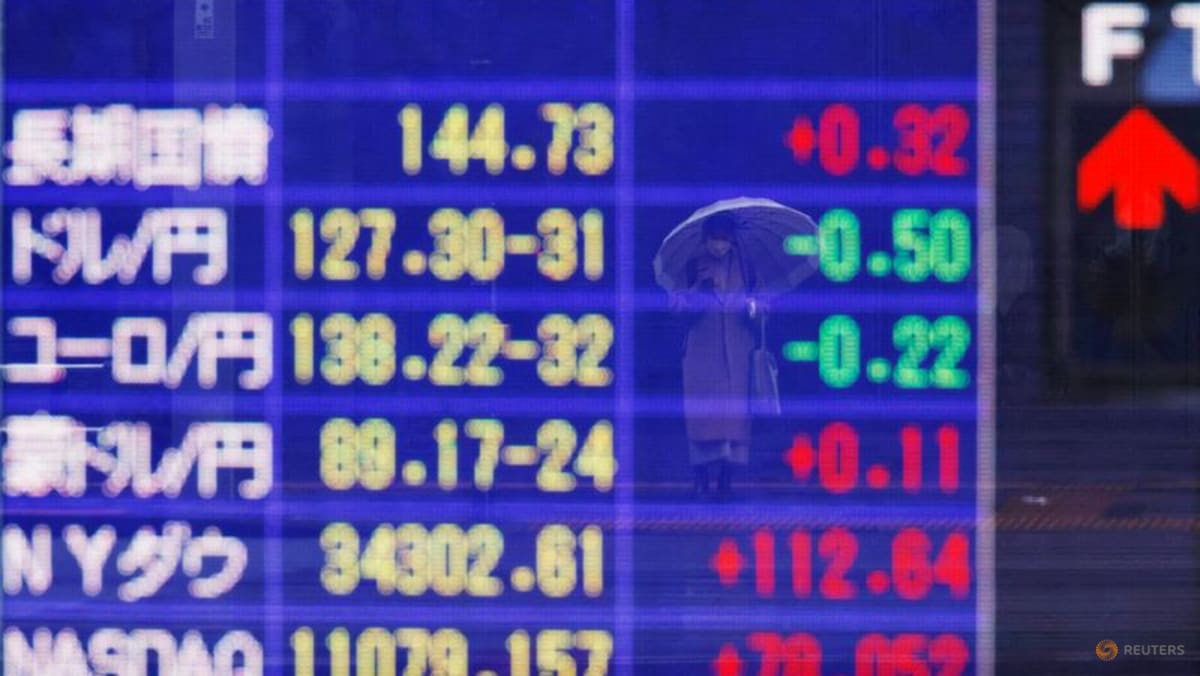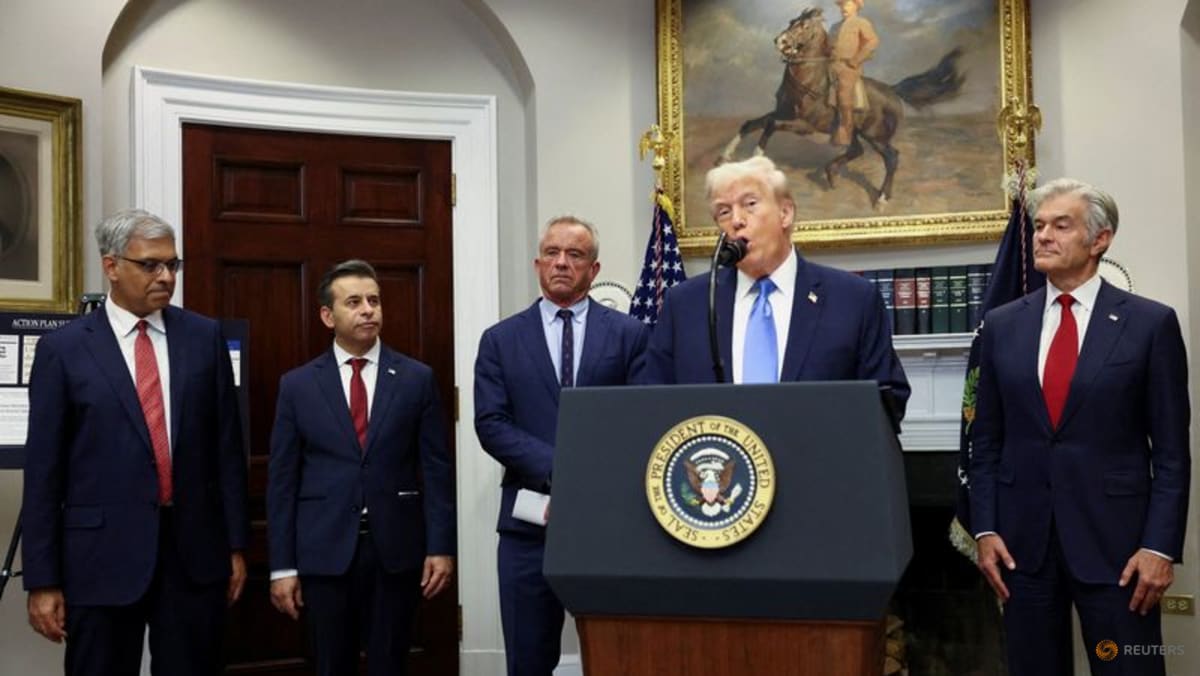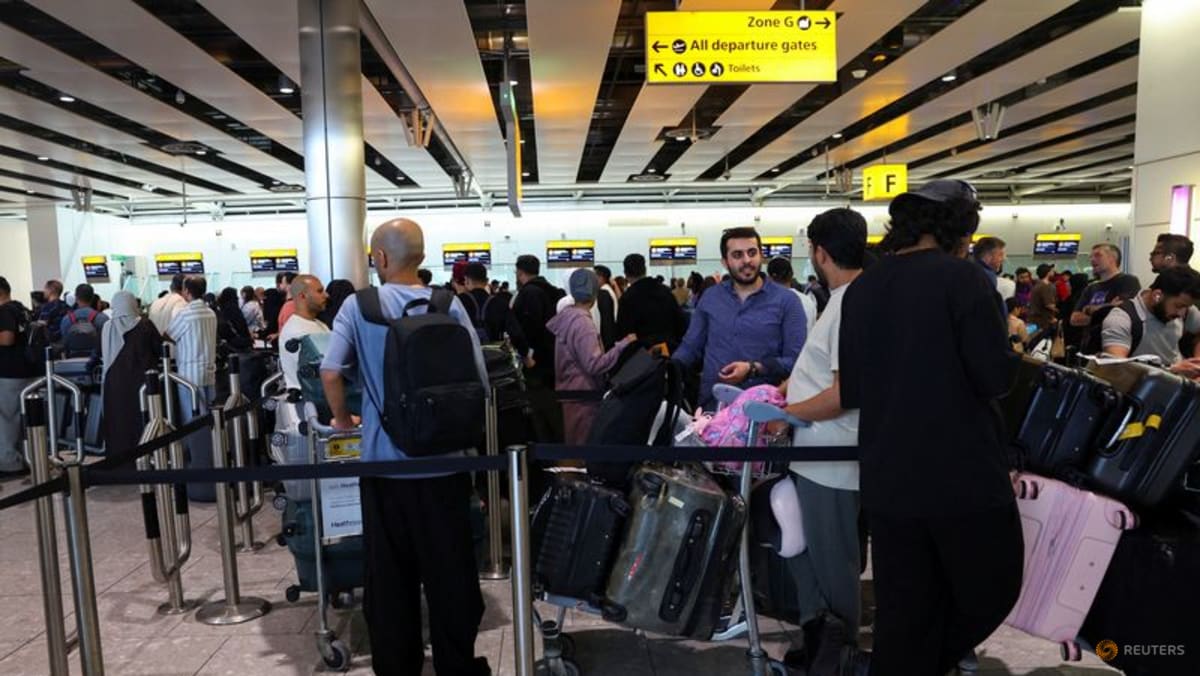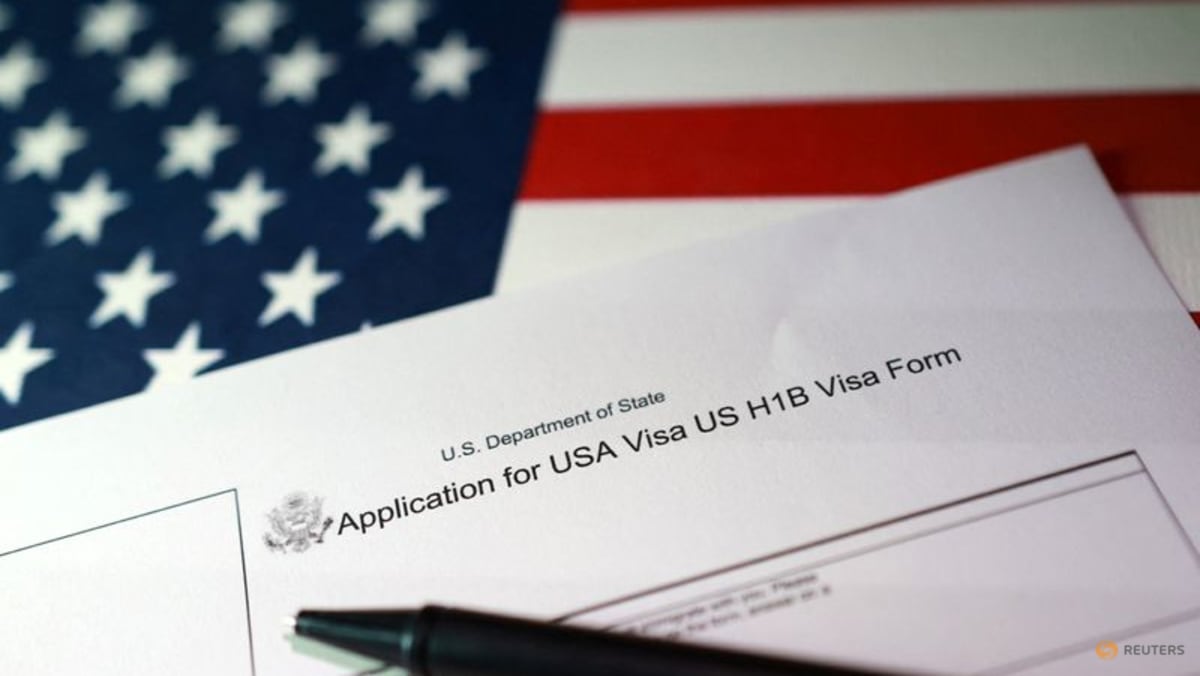THERE IS MUCH MORE TO AUTISM
The whole initiative is the latest troubling sign that the administration misunderstands what autistic people and our families need. Unfortunately, the Trump administration seems to see autistic people as a burden on society that should be eliminated, not as citizens who are valuable.
Mr Kennedy has said that “autism destroys families” and called it “cataclysmic” during the press conference. But there is much more to autism than this bleak view suggests. Like many brain differences, autism isn’t just an affliction.
Autism can cause profound disability, which is true in 10 to 27 per cent of cases. Such cases are rising at a much lower rate than those on the milder end of the spectrum, who, like me, may become aware of what their traits signify only because of greater media attention to the diagnosis.
Even the apparent rise in severe cases may be a classification issue: Many intellectually disabled children who once would have been given other labels are now identified as autistic; this may account for two-thirds of the increase in these cases.
Of course, even if severe cases aren’t increasing sharply, the suffering associated with them demands our attention. But it’s this distress, pain and severe disability that we must reduce – not autistic traits or people. If we try to eliminate autism, we’re likely also to lose a great deal of mathematical, scientific, linguistic, artistic, musical and humanitarian genius. And critically, regardless of abilities, all people have intrinsic value.
The best data suggests that autism is mainly genetic. Studies that compare identical twins to fraternal ones (identical twins share nearly 100 per cent of their genes; fraternal twins, around 50 per cent) show that if an identical twin has autism, the odds that the other twin is also autistic are between 65 and 90 per cent.
But for fraternal twins, those odds are less than half as high and are even lower if the twins are not the same sex. If chemical exposure in early life is the primary issue, twins should be equally affected.
It may also be the case that we’re seeing more of what scientists call assortative mating – where like attracts like. The internet has made it far easier for those with similar interests to find one another and have children together, and that might include autistic people. Research increasingly supports this theory.

